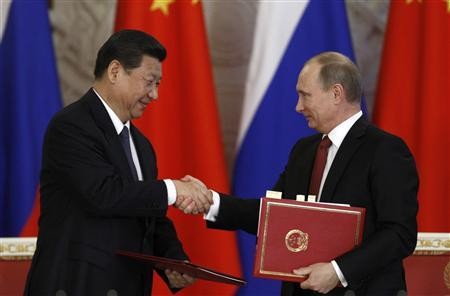As revealed by senior Chinese designers, China and Russia's agreement to jointly develop a heavy-lift helicopter in 2016 is already close to finalization.
During the recently opened Third China Helicopter Expo, Aviation Industry Corp. of China (AVIC) chief helicopter designer Wu Ximing said that "the project is progressing smoothly and we are discussing with our Russian counterparts terms and clauses in the agreement. The negotiations should conclude before the end of this year and the development will start next year."
Wu added that the production will be based in China and at the initial mass-production stage, the Ukraine-made Lotarey D-136 turboshaft engine will be used.
"Our existing turboshaft engines' maximum output power is about 1,000 kilowatts, not powerful enough to propel the heavy-lift helicopter. The Chinese engineers are developing a 5,000-kilowatt turboshaft engine that can be used by the aircraft in the future," he remarked.
AVIC chairman Lin Zuoming said that he expects that the helicopter will conduct its maiden flight around 2020.
It was in 2008 when China realized its need for a heavy-lift helicopter, recounted by Huang Chuanyue, deputy chief engineer of AVIC's helicopter branch, Avicopter. This came after the devastating earthquake that hit the Sichuan Province when the government encountered difficulties in delivering transport and relief services due to lack of such aircraft.
China then agreed to join hands with Russia to develop a heavy-lift helicopter mainly for civilian purposes. The partnering nation is regarded as highly experienced in the helicopter industry.
The two countries signed a cooperation framework agreement in Moscow in May.
Huang remarked that the heavy-lift helicopter "will use China's world-class avionics systems and advanced materials, while Russia will be responsible for the aerodynamic design, transmission gear and de-icing equipment."



























